Modern laptop design has come a long way. The latest laptop models are smaller and lighter than ever before. I mean, almost. In 2015, Apple showed us its vision of a USB-C MacBook that was as beautiful as it was controversial. Every owner of any MacBook equipped with only USB-C ports thus dealt with suitable hubs, where they naturally encountered their heating. But does it need to be solved somehow?
It wasn't until six years later that Apple listened to many of its users and added more ports to MacBook Pros, namely HDMI and a card reader. Even these machines are still equipped with USB-C/Thunderbolt ports, which can be easily expanded with suitable accessories. These ports have a clear advantage in smaller space requirements, which is why the devices can be so thin. The fact that a possible connected hub degrades their design a bit is another matter.
It could be interest you
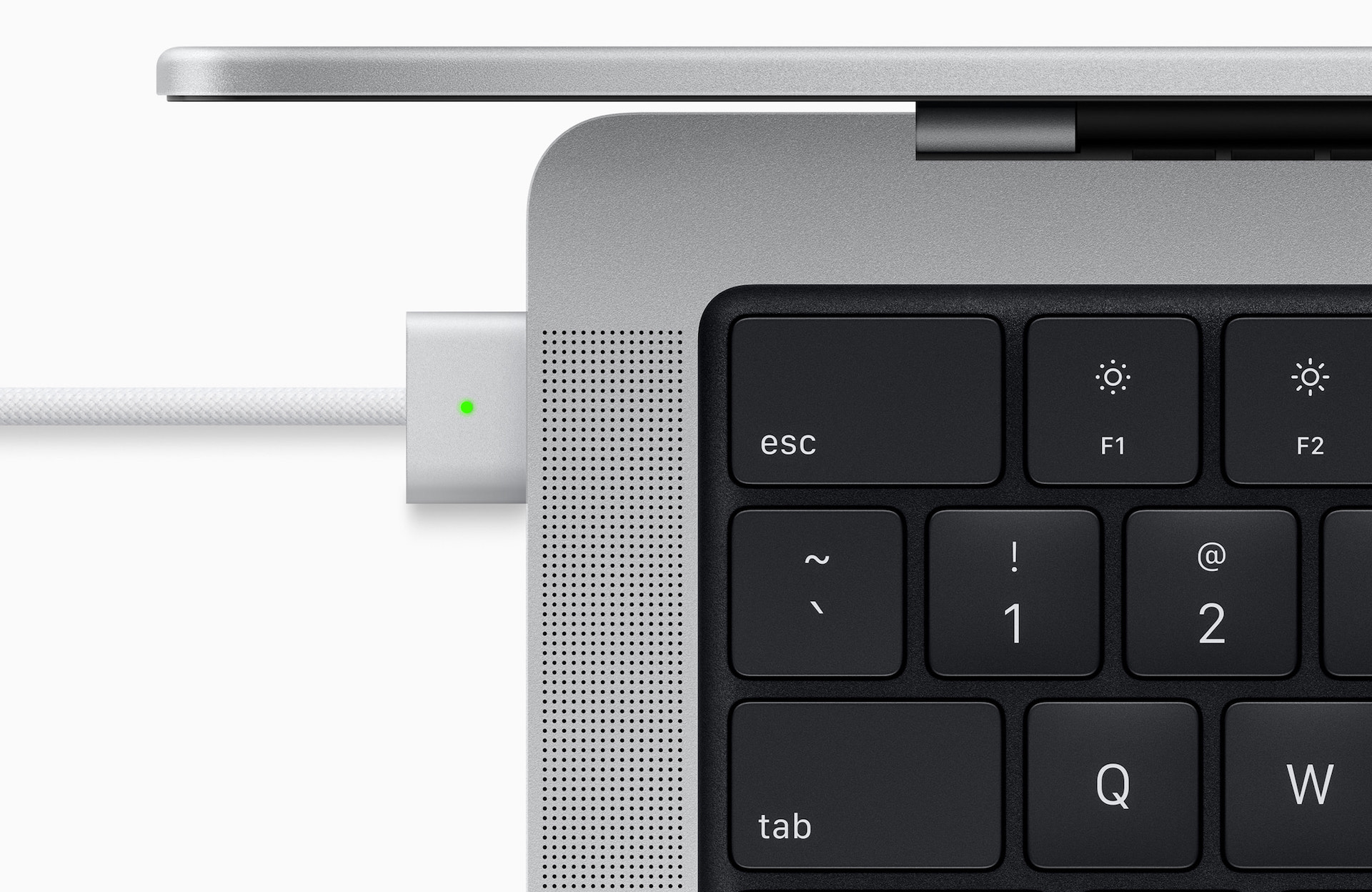
Active and passive hubs
The two most common types of hubs are active and passive. You can also connect the active ones to a power source and charge your MacBook through them. It also powers connected devices and peripherals. As you can probably guess, the passive ones can't do this, and on the other hand, they take away the energy of the MacBook - and that's also in terms of connected devices. In addition, some USB devices require full power from the port they are plugged into to function properly. Some devices may not work properly if you try to connect them to a passive hub only.
Some USB devices also need more power than others. If you're connecting things like USB memory sticks, they don't need the full power of a standard USB port. In that case, an unpowered USB hub that splits power between several of its ports will likely still provide enough juice to support those connections. However, if you are connecting something that needs more power, such as an external hard drive, webcams, etc., then they may not get enough power from the unpowered USB hub. This may cause the device to stop working or to do so intermittently.
Charging = heat
So, as you can guess from the lines above, whether an active or passive hub works with power. If you find that your USB-C hub is heating up when you use the devices connected to it, there is nothing to worry about. The hub gets hot when it's transferring data or charging devices connected to it, especially if you have multiple devices connected at once.
It could be interest you
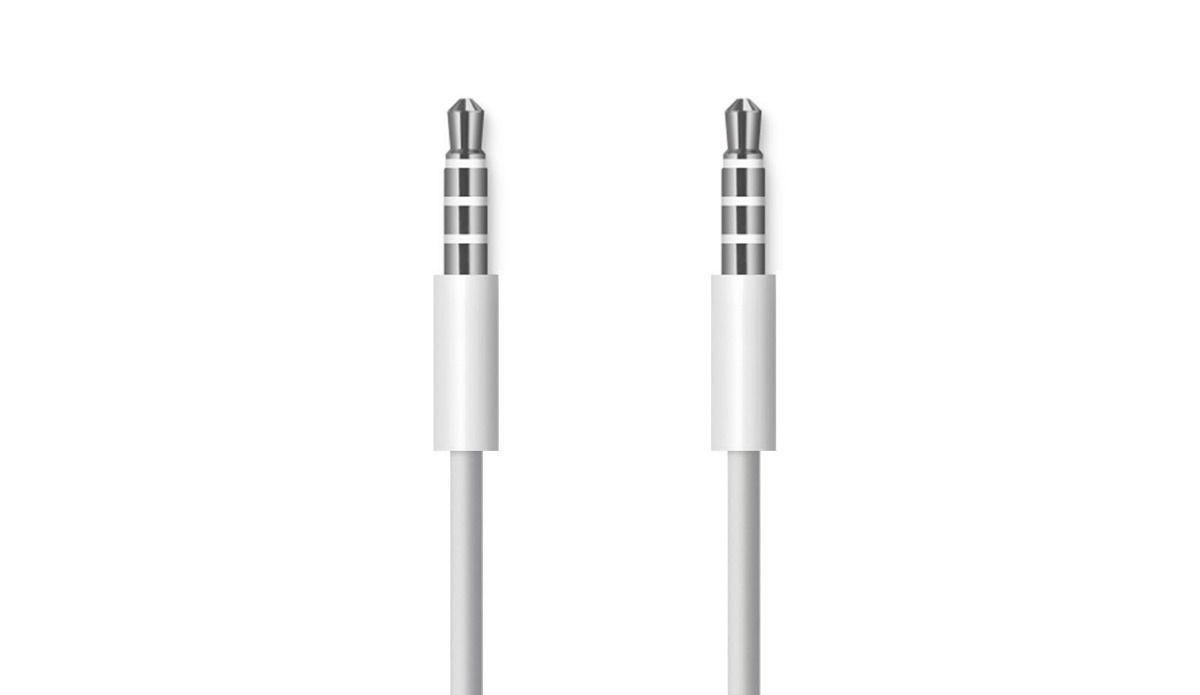
Mushrooms made of metal (usually aluminum) have a huge advantage in heat dissipation. Such a USB-C hub enables quick and efficient heat removal from electronic components and circuits contained in it. This makes these hubs a safer choice, especially if you plan to connect many external devices or transfer large amounts of data. And that is also why they are so warm, because it is a property of the material, and above all also the goal of such a construction. So you don't have to worry about heating up the hub connected to the MacBook. Of course, this does not mean that it should burn when touched. The general advice for such a phenomenon is self-evident - disconnect the hub and let it cool down before connecting it again.
 Adam Kos
Adam Kos 

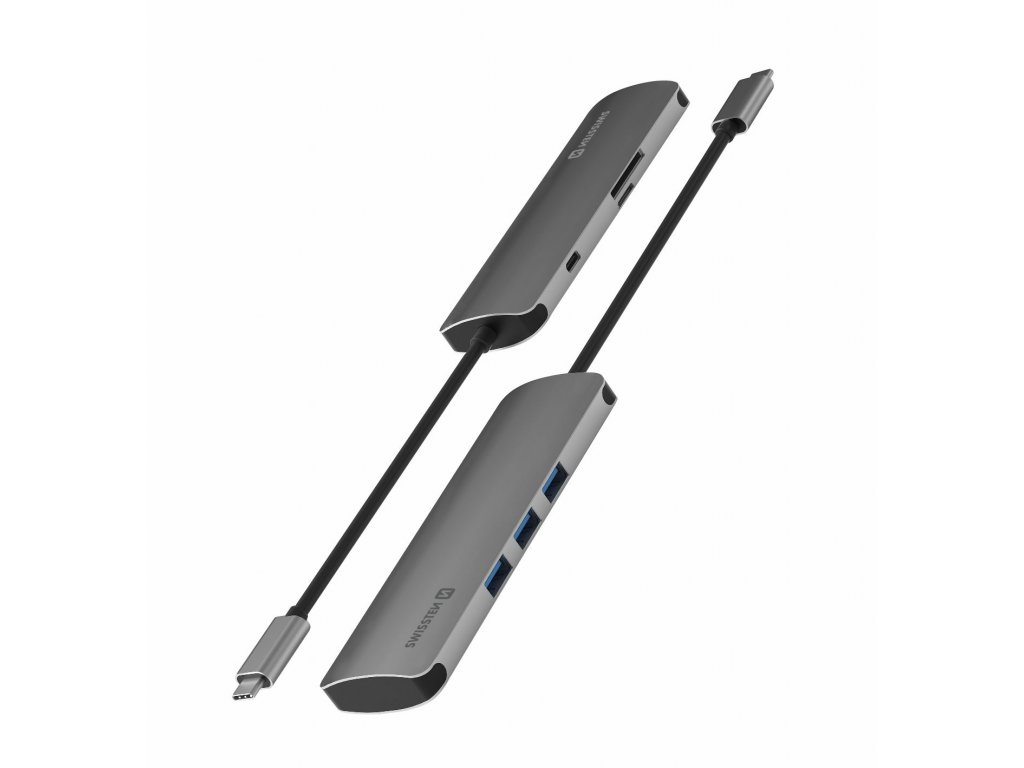

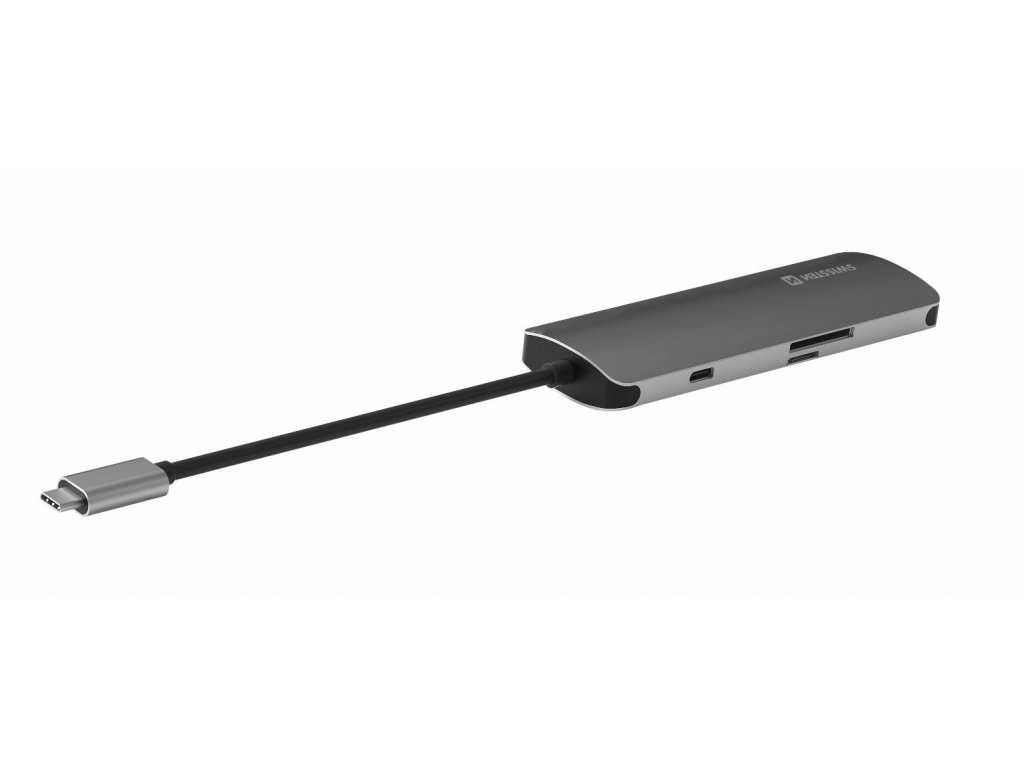
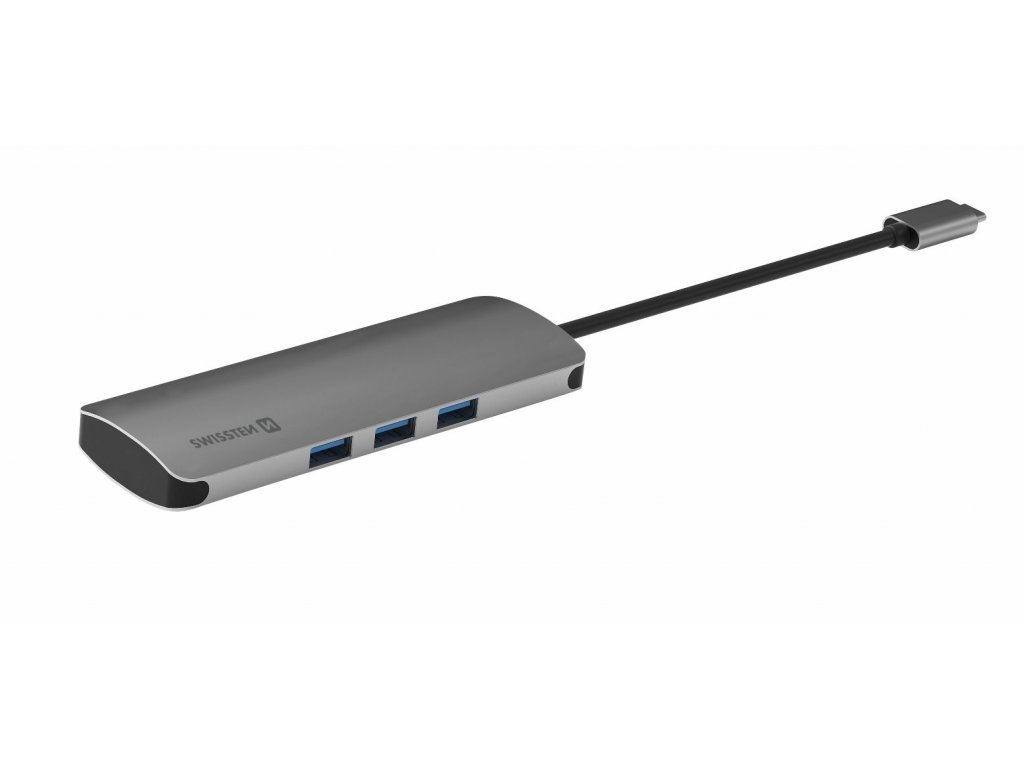
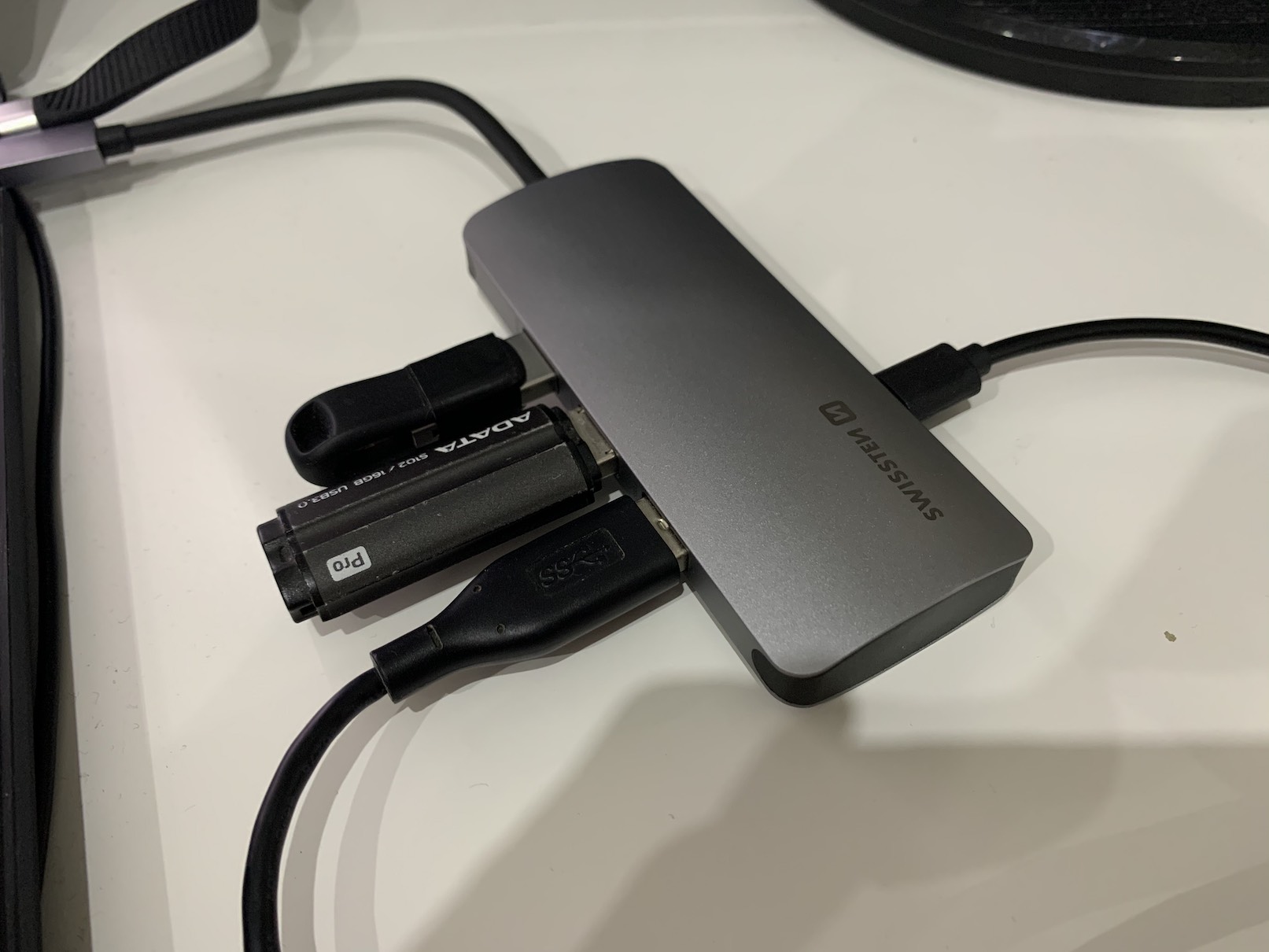

Thanks for the article, but I couldn't find the answer to why it is heating. The hub is active, but I don't understand why it should burn just because the bottle is connected. I don't have power through it, and it directly eats the power of my macbook. He simply burns the energy into heat to handle the flash. I understand that the controller will heat up when I connect a 4k monitor there or that it will heat up when charging through it. But if I only have a flash drive, maybe it wouldn't have to heat like crazy, that heat is energy from the macbook battery.